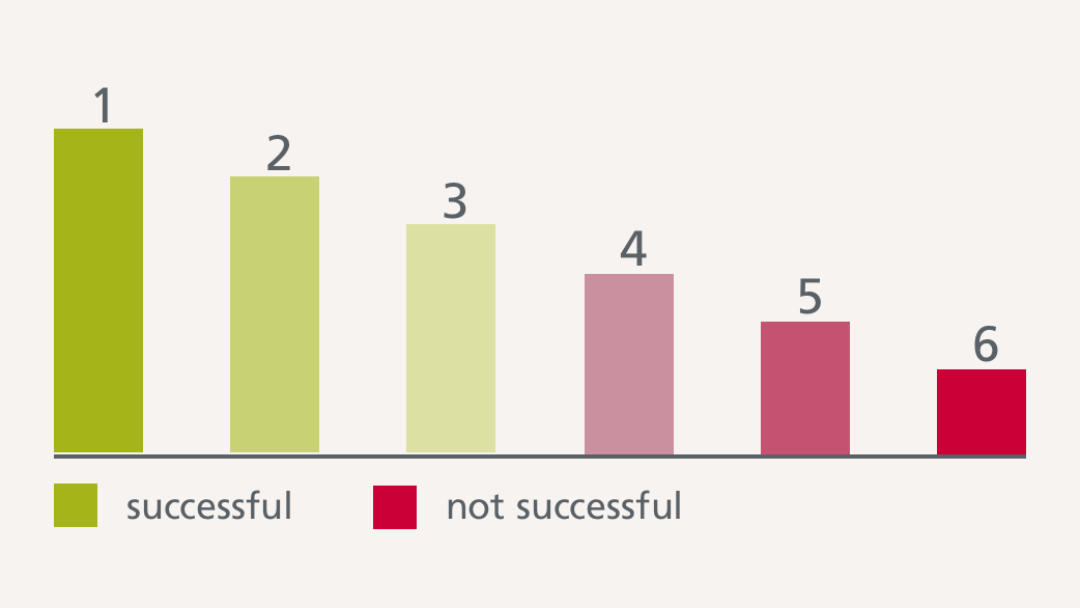Tip: Activate javascript to be able to use all functions of our website
The criterion of relevance is used to assess whether the project adequately addressed an important development objective (priority) and whether the design was suitable for this purpose (validity of the impact chain). A review is also performed to determine whether the strategic guidelines of the partner country and the German Federal Government were taken into account and whether the project was coordinated with other donors.
The criterion of coherence refers to the compatibility of the development policy measure with other interventions and policy objectives in the partner country and/or sector. This enables a more systematic and contextualised view of the impacts of DC interventions, distinguishing between internal and external coherence. While internal coherence focuses more on the consistency of the formulated intervention with the policy and ministerial objectives of the same institution/government, external coherence addresses how the formulated intervention complements the interventions of other stakeholders. External coherence pays more attention to coordination between different stakeholders, thus highlighting potential synergies but also the duplication of interventions.
The criterion of coherence was only introduced in the 2019/2020 evaluations and was therefore not taken into account in previous evaluations.
The criterion of effectiveness is used to assess whether the objectives of the development projects have been achieved. In order to enable a meaningful comparison of target and actual results, project objectives are – if possible – expressed as production or supply levels that can be concretely measured. Positive or negative impacts that are not directly intentional, but can be seen are also included in the evaluation.
The criterion of efficiency refers to a project’s economic viability. The economical use of resources is of central importance here. Two levels are evaluated: the first question is whether the effort required to produce goods and services is reasonable. Even more important, however, is the question of allocation efficiency – the adequate relationship between the use of funds and the impacts achieved. This is assessed by comparing it to alternative ways to achieve similar impacts.
Above the project objectives are the impacts, which are the broader objectives that led to the decision to fund the project – for example, the impact on health when the water supply is improved. Impacts cannot always be measured, but in some cases have to be assessed for plausibility and estimated using circumstantial evidence.
Our aim is to achieve not only short-term improvements, but sustainable impacts. This is why we review whether the improvements made are sustainable. We consider the criterion of sustainability to be fulfilled if the project executing agency or the target group is able to successfully continue the funded project in the long term after the external financial or technical support has ended.

The key criteria are assessed individually using a six-point rating scale. Grades of 1 to 3 indicate that the project is considered “successful”, while grades of 4 to 6 indicate that it was “unsuccessful”. For the criterion of sustainability, we use only 4 rating levels, which primarily reflects the expected (but with uncertainty of forecast) future trend. A rating of 4 corresponds to “insufficient sustainability”.
The ratings for the six key criteria are then combined using a project-specific weighting system to produce an overall grade. This overall rating indicates at a glance whether a project was successful or not, and how the success of the project is rated.
It should be noted that a project can generally be considered “successful” in terms of development policy only if the achievement of the project objective (“effectiveness”), the impact on the level of the overall objective (“impact”) and the sustainability are rated at least “satisfactory” (level 3).